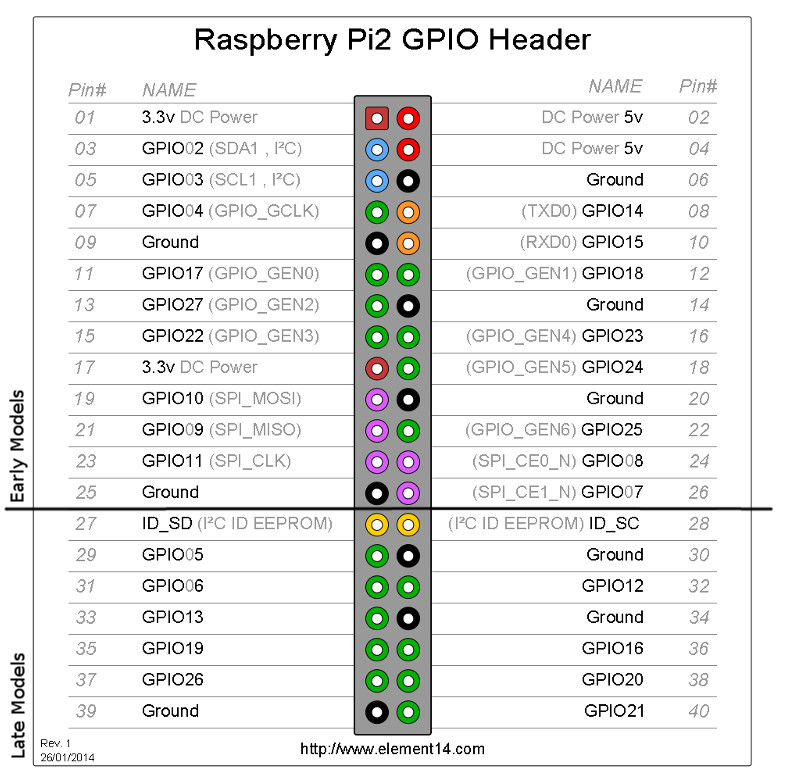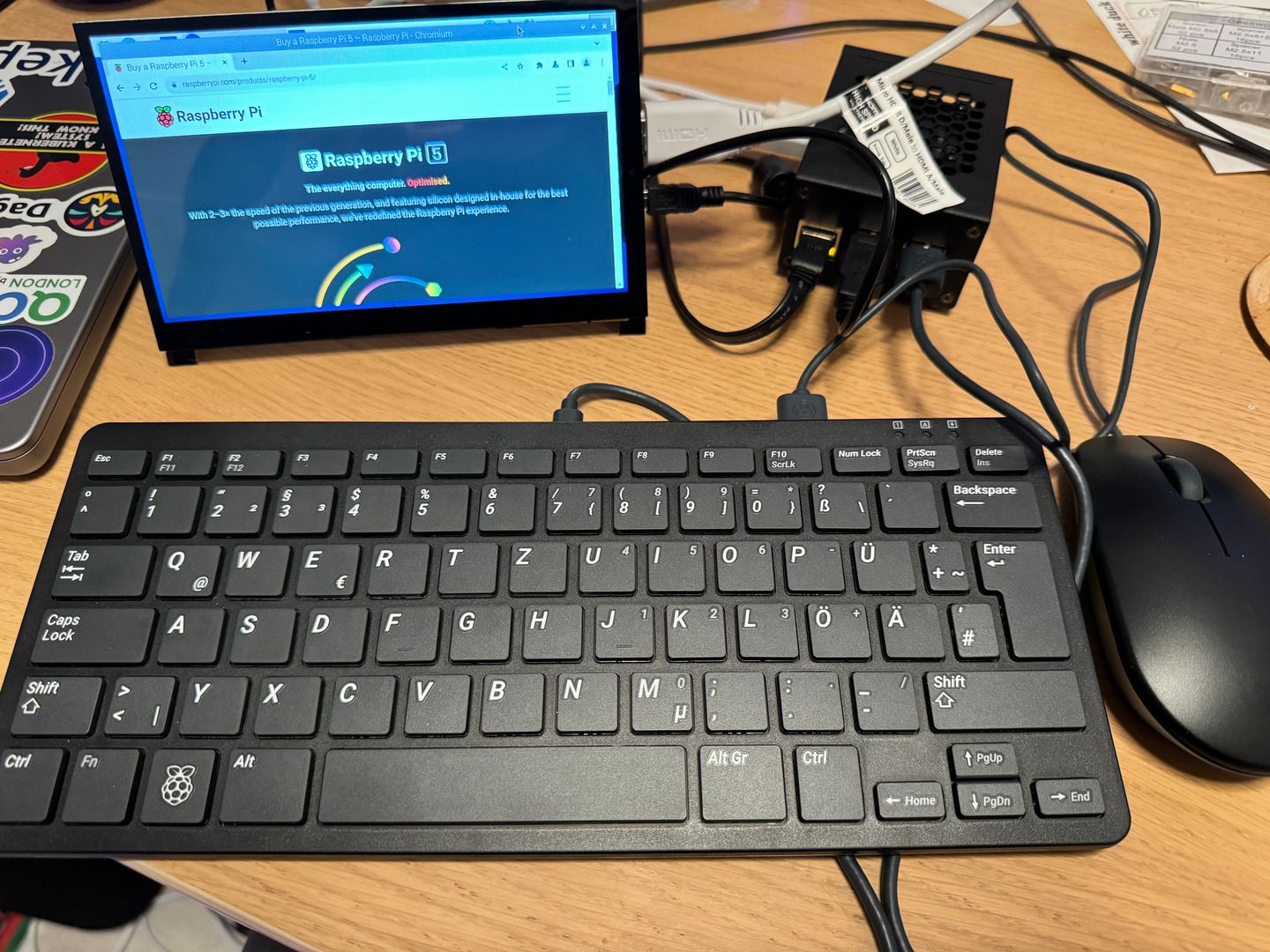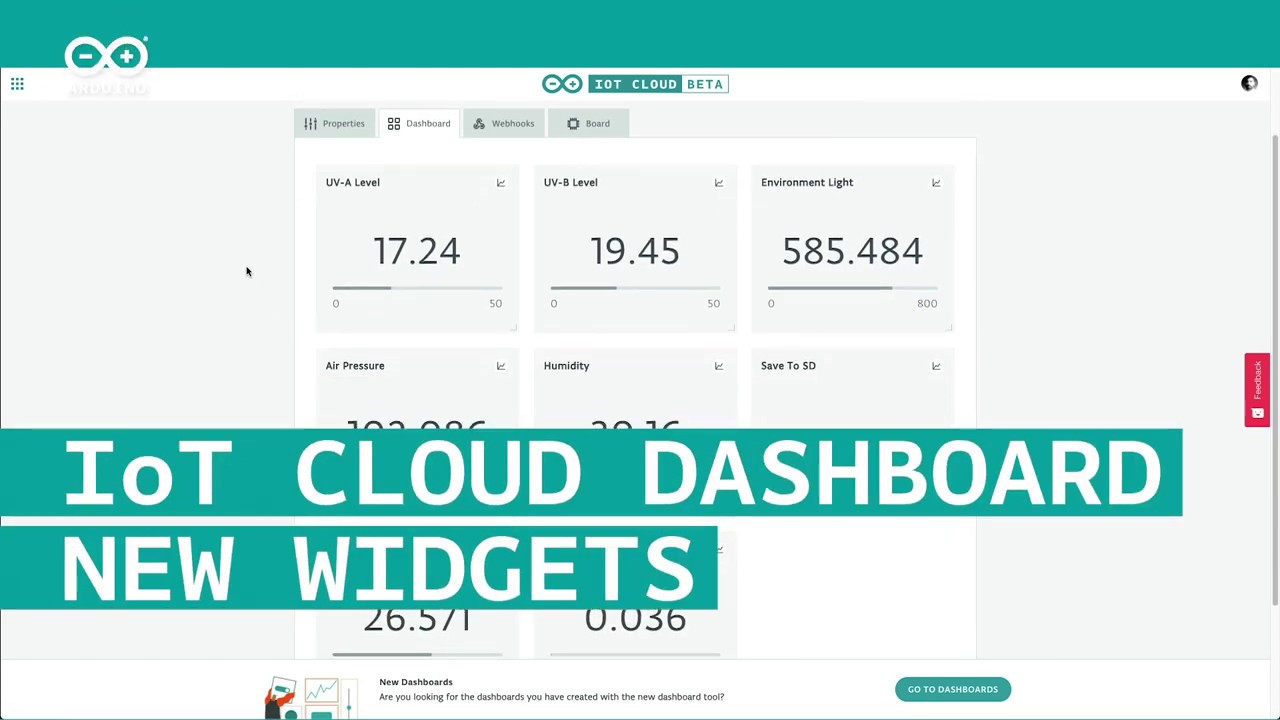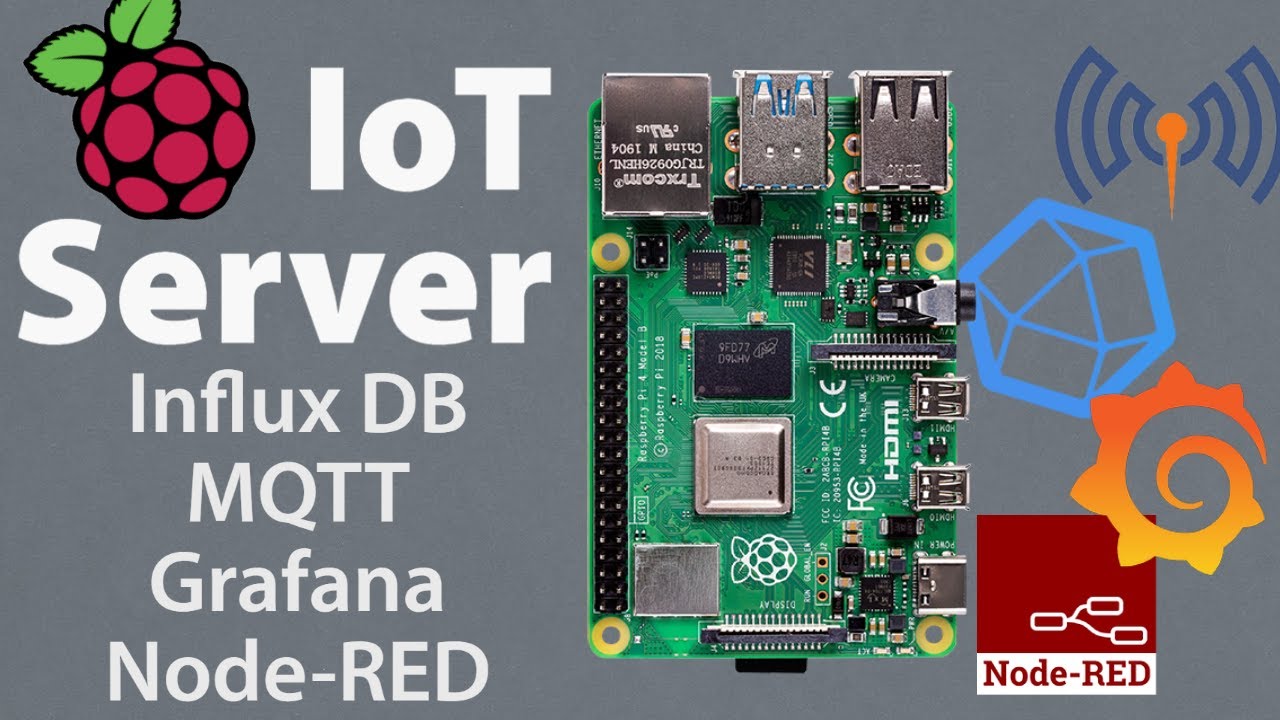
Raspberry Pi GPIO Control with Arduino Cloud: Unlocking IoT Potential
The Internet of Things (IoT) has revolutionized the way we interact with devices, and Raspberry Pi enthusiasts are no exception. By leveraging the power of Python programming and the user-friendly interface of Arduino Cloud, developers and hobbyists can easily configure and manage the General Purpose Input/Output (GPIO) pins on a Raspberry Pi. This process, often considered the “hello world” of IoT applications, enables users to control relays, monitor digital inputs, and visualize real-time and historical data.
 Raspberry Pi GPIO Control
Raspberry Pi GPIO Control
Setting Up the Raspberry Pi
The first step is to physically set up the Raspberry Pi by connecting it to an LED and a push button. This simple setup serves as a foundation for demonstrating the basic functionality of GPIO control. The LED can be switched on and off, while the push button allows for user interaction and input detection. Ensuring proper wiring and connections is essential for the smooth operation of the project.
 Raspberry Pi Setup
Raspberry Pi Setup
Creating a Device and a “Thing” in Arduino Cloud
Once the physical setup is complete, the next step involves creating a device and a “Thing” in Arduino Cloud. This process requires setting up an Arduino Cloud account, which offers various pricing plans to cater to different needs and budgets. After creating an account, users can proceed to create their device and define the necessary variables that will be used to control and monitor the GPIOs. These variables may include boolean values for LED control and push button status, as well as integer values for data visualization purposes.
Data Visualization and Interaction
Arduino Cloud provides a user-friendly interface for creating interactive dashboards that enable remote control and monitoring of the Raspberry Pi GPIOs. The dashboard can be customized with a variety of widgets, each serving a specific purpose. For instance, a switch widget allows users to remotely turn the LED on and off, while an LED widget provides visual feedback on the current status of the LED. Real-time data visualization is achieved through the use of value widgets, which display the current value of variables such as integers or floating-point numbers.
 Arduino Cloud Dashboard
Arduino Cloud Dashboard
Expanding Possibilities and Future Enhancements
While controlling LEDs and monitoring push buttons serve as a basic example, the possibilities for Raspberry Pi GPIO control with Arduino Cloud are vast. As users gain more experience and confidence, they can explore integrating additional sensors, such as temperature, humidity, or motion sensors, to collect more diverse data. The Arduino Cloud platform supports a wide range of widgets, allowing users to create rich and informative dashboards tailored to their specific requirements.
Moreover, delving deeper into Python programming can unlock even more potential for IoT projects. Python’s extensive libraries and frameworks, such as RPi.GPIO and Flask, provide powerful tools for interfacing with the Raspberry Pi’s GPIOs and building web-based interfaces for remote control and monitoring. By combining the capabilities of Python with the ease of use of Arduino Cloud, developers can create sophisticated IoT solutions that span across multiple devices and platforms.
 Raspberry Pi IoT
Raspberry Pi IoT
Conclusion
Raspberry Pi GPIO control with Arduino Cloud opens up a world of possibilities for IoT enthusiasts and professionals alike. By leveraging the power of Python programming and the intuitive interface of Arduino Cloud, users can easily configure, control, and monitor the GPIOs of a Raspberry Pi. From switching LEDs on and off to visualizing real-time and historical data, this combination of technologies enables the creation of interactive and informative dashboards.
As users explore further, they can expand their projects by integrating additional sensors, using advanced widgets, and implementing complex data analytics. With the wide availability of Raspberry Pi models and the flexible pricing plans offered by Arduino Cloud, this approach to GPIO control is accessible to a broad range of users, from beginners to experienced developers.
By mastering Raspberry Pi GPIO control with Arduino Cloud, individuals can unlock the full potential of their IoT projects, creating innovative solutions that seamlessly blend hardware and software. As the IoT landscape continues to evolve, the skills and knowledge gained through this process will prove invaluable in tackling future challenges and pushing the boundaries of what is possible in the realm of connected devices.














